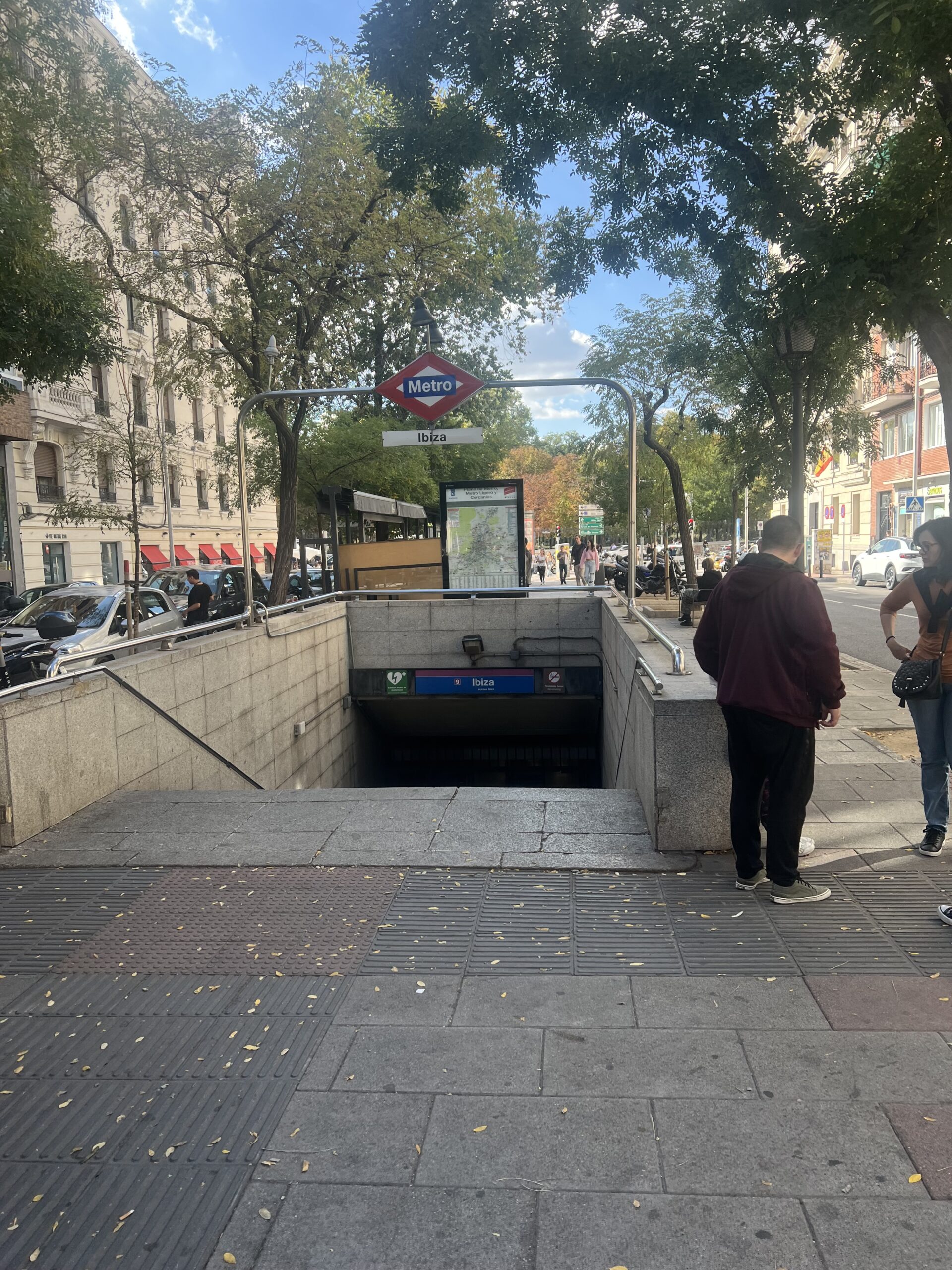
Transportation in Madrid
By:
Published:
Introduction:
Traveling by public transportation is the most common and environmentally friendly way of traveling through the city. The most common modes of transportation are via bus and subway. Still, most people prefer the subway as it can run as often as every 5 minutes and take you from the northernmost part of Madrid to the southernmost region in under an hour. So follow along with me through my journey in Madrid’s subway and bus system!
How do people get around?:
In Madrid, people ride the subway system known as the Metro, which runs from 6:00 AM to 11:30 PM year long. Trains run as often as 4 minutes during the weekdays, less frequently on the weekends, and close at 11:30 PM daily. The Metro has 12 lines that run from every direction in the autonomous community of Madrid. The farther you are away from the center, the more transfers you will have to take. I use Lines 9 – Paco de Lucia – Arganda del Rey, 2 – Las Rosas – Cuatro Caminos, and 1 – Pinar de Charmartin – Valdecarros almost daily.
To ride the Metro, you must have a subway ticket or public transportation card. As a student, I have the Multi Tarjeta youth pass, which allows people 25 and under to ride all public transportation in Madrid for 10 euros per month. In addition, public transportation tickets can be pre-loaded at Metro kiosks within each subway station.
When entering the subway, you must scan your public transportation card or purchase a ticket. Once you scan your card, you can enter and ride the Metro. First, however, you must look for your stop on signs to know which direction to ride in because getting on in the wrong direction can take you farther away from your intended destination.
Once aboard the train, you can either stand or sit in unassigned seating. However, because Madrid is a large city with over 3 million people, it is usually extremely crowded, so everyone usually stands and waits for a seat. In addition, the subway is highly crowded, and as with all big European cities, there are pickpocketers, so always stay aware of your surroundings.
Finally, once you have reached your stop, you exit the Metro station by following the “Salida” or exit signs to the street. Multiple street exits at certain stations like Pinar de Charmartin can lead you to different areas surrounding the Metro.
How did I feel when I tried this way of getting around?:
I was terrified when I first arrived in Madrid and used public transportation. Nashville does not have a good public transportation system, so it is sometimes inconvenient to use. So I was shocked to see Madrid’s subway system because my city is very car-dependent. I was pleasantly surprised when I arrived in Madrid and saw people from all walks of life and ages happily using public transportation.
Is this way of getting around connected to the culture and environment? How?:
Riding public transportation is connected to the culture of Madrid because it is an activity in which people of all ages can participate.
Subway and public transportation workers are dedicated to creating a safe and secure environment for riders to enjoy their commutes to school and work. Riders are required to wear masks to protect themselves and others. In addition, there is always an attendant available to help with questions, comments, or concerns. Because the Metro is so safe, most people use it for travel.
Public transportation is excellent for the environment because it reduces the number of people driving on the road, which creates fewer car emissions. Furthermore, public transportation is the most affordable and the best way to be environmentally conscious in Madrid.

